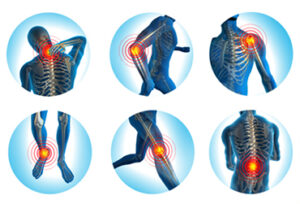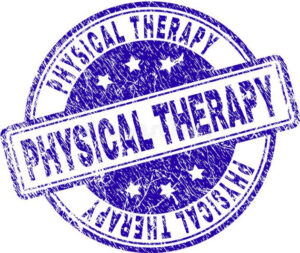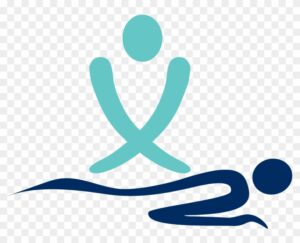Physical Therapist Austin TX – Tarrytown – Massage – Manual Therapy – Physiotherapy
F.A.Qs
Sciatica is a debilitating condition in which the patient experiences pain and/or paresthesias and/or weakness in the distribution of the sciatic nerve or an associated lumbosacral nerve root.
A common mistake is referring to any low back pain or radicular leg pain as sciatica[1].
Sciatica is a clinical diagnosis based on the presence of radiating pain in one leg, with or without the associated neurological deficits of parasthesia and muscle weakness[2], which are the direct result of sciatic nerve or sciatic nerve root pathology.
The sciatic nerve is made up of the L4 through S2 nerve roots which coalesce at the pelvis to form the sciatic nerve. At up to 2 cm in diameter, the sciatic nerve is easily the largest nerve in the body.
Sciatica pain often is worsened with flexion of the lumbar spine, twisting, bending, or coughing[1].
The sciatic nerve provides direct motor function to the hamstrings, lower extremity adductors, and indirect motor function to the calf muscles, anterior lower leg muscles, and some intrinsic foot muscles.
Indirectly through its terminal branches, the sciatic nerve provides sensation to the posterior and lateral lower leg as well as the plantar foot. (https://www.physio-pedia.com/Sciatica)
We offer physical therapy, physiotherapy, manual and massage therapist treatments to West Lake Hills, Rollingwood, Bee Cave, Tarrytown, Lost Creek, Barton Creek and the rest of Austin TX.
How to get from Tarrytown to Axiom Physiotherapy for Massage, Physical or Manual Therapy in Austin TX.




